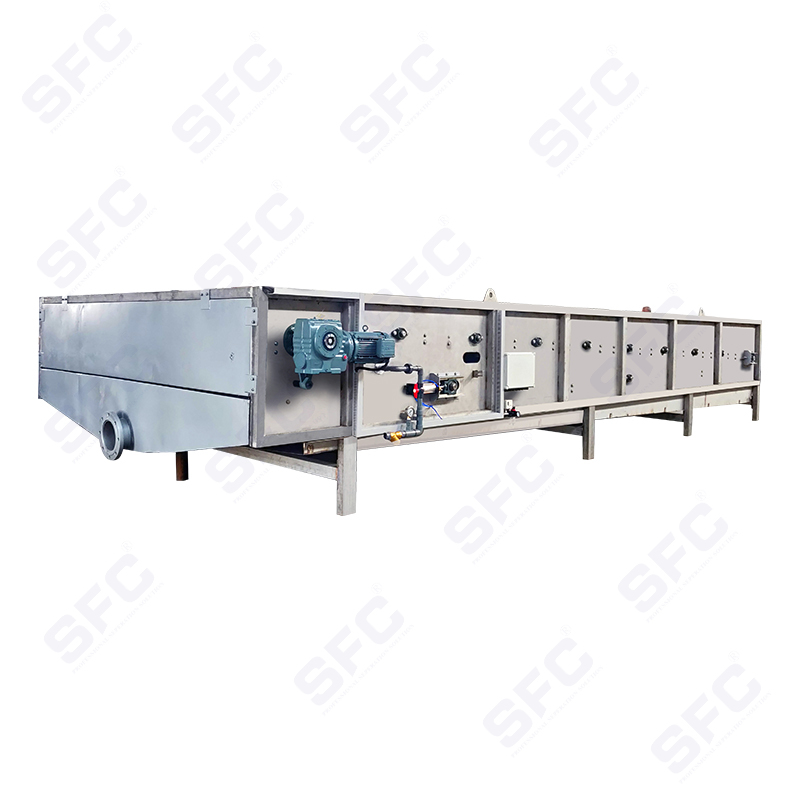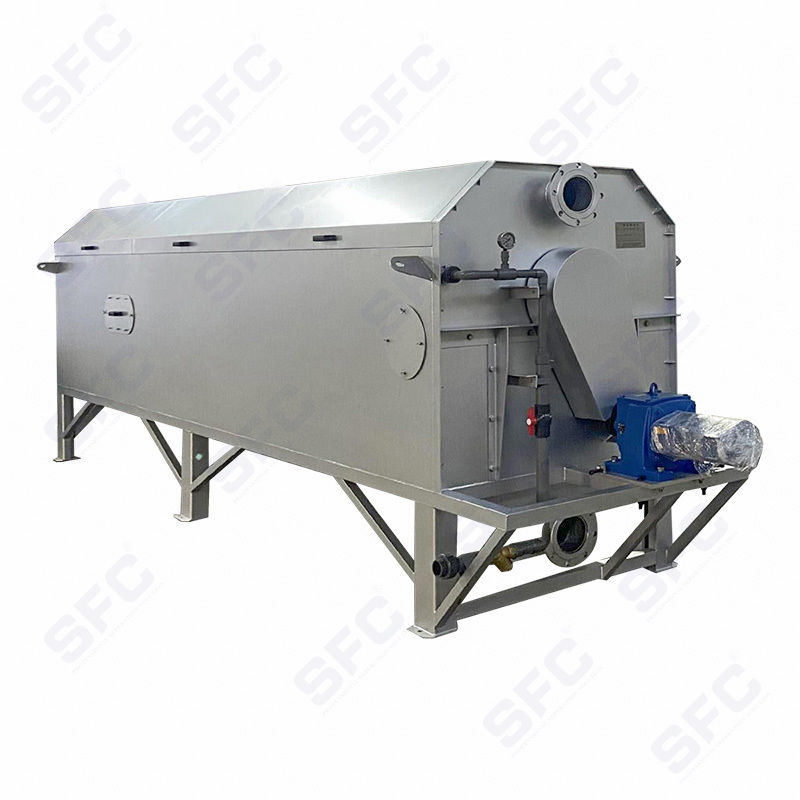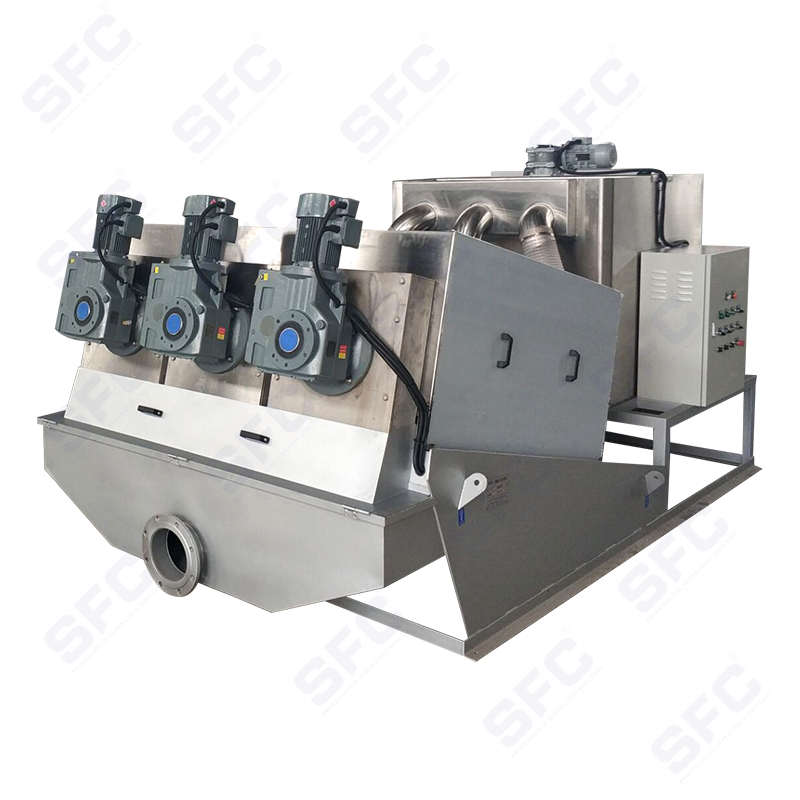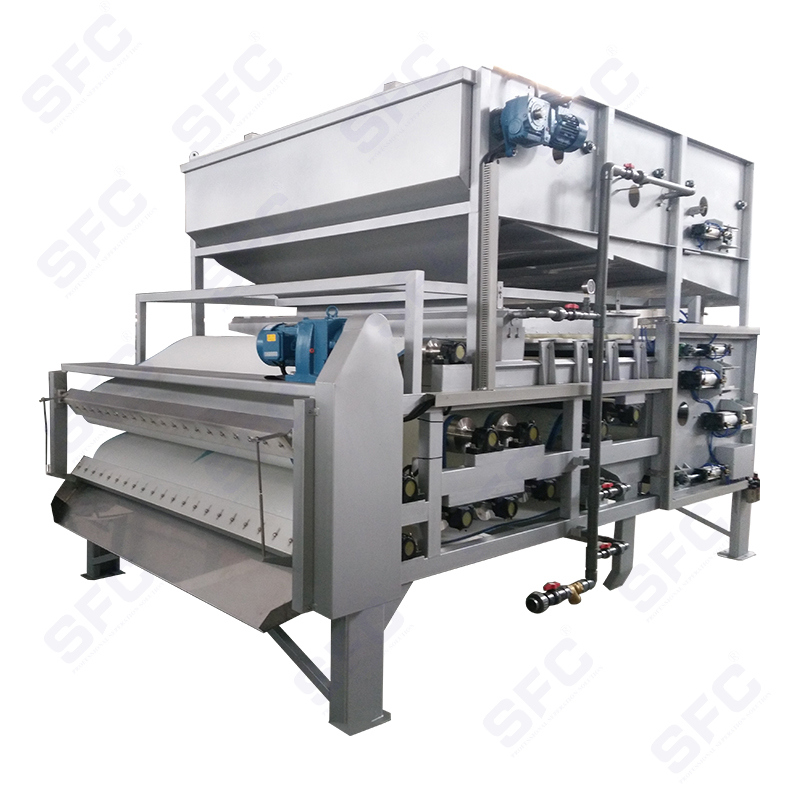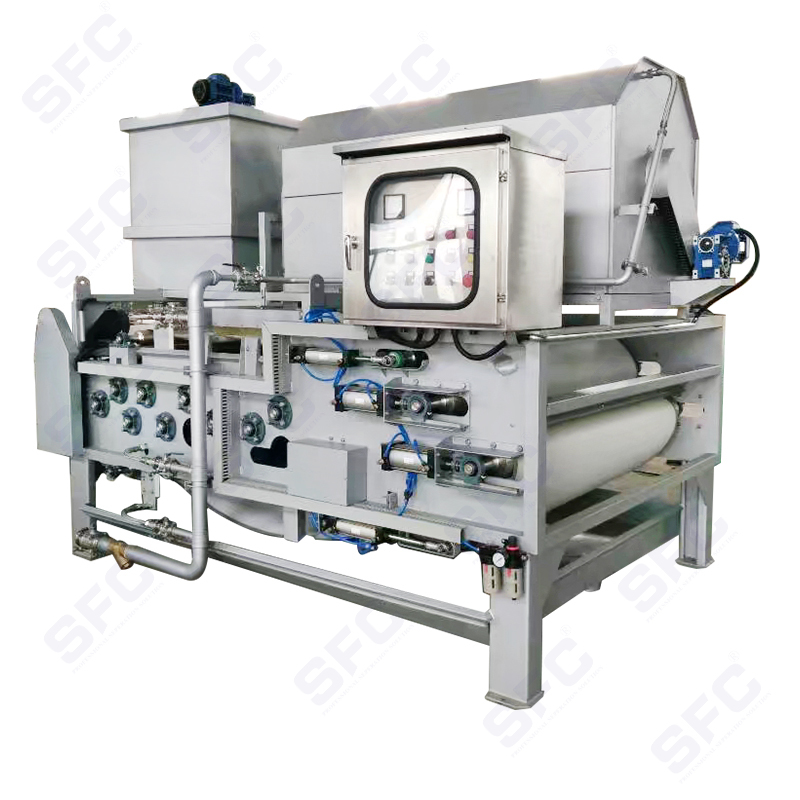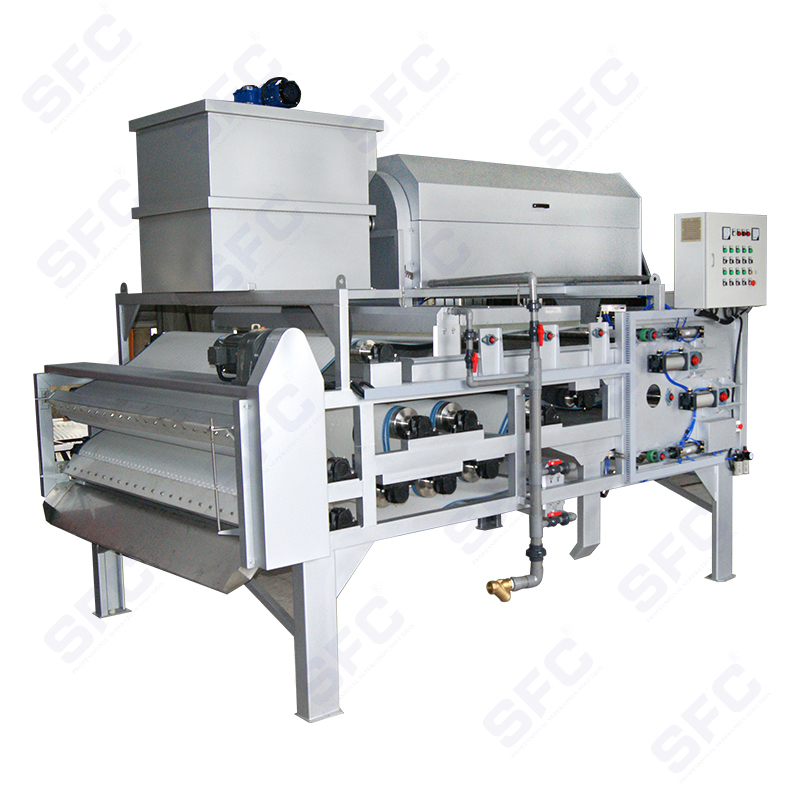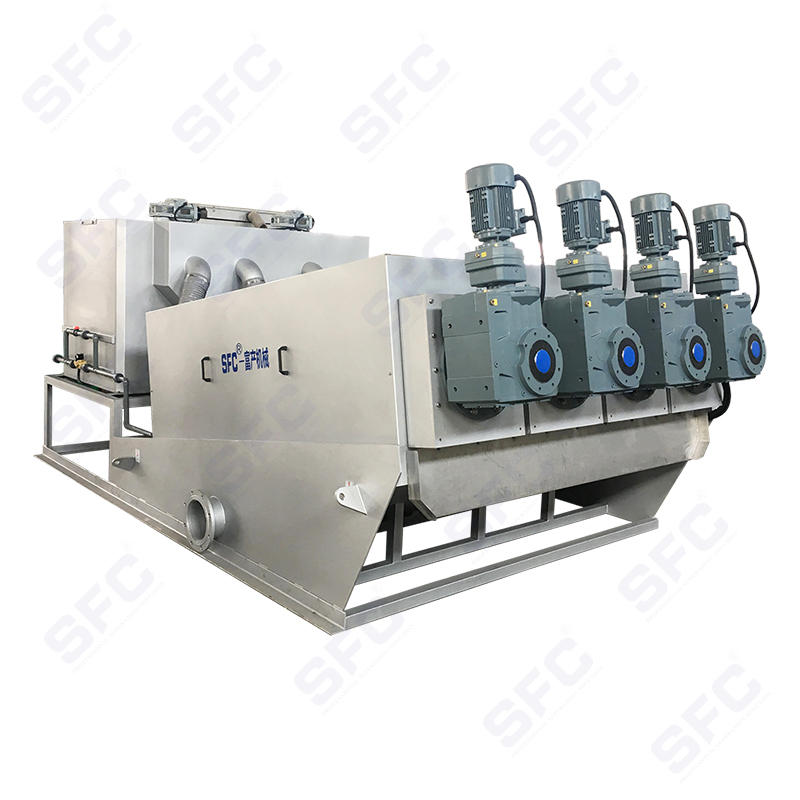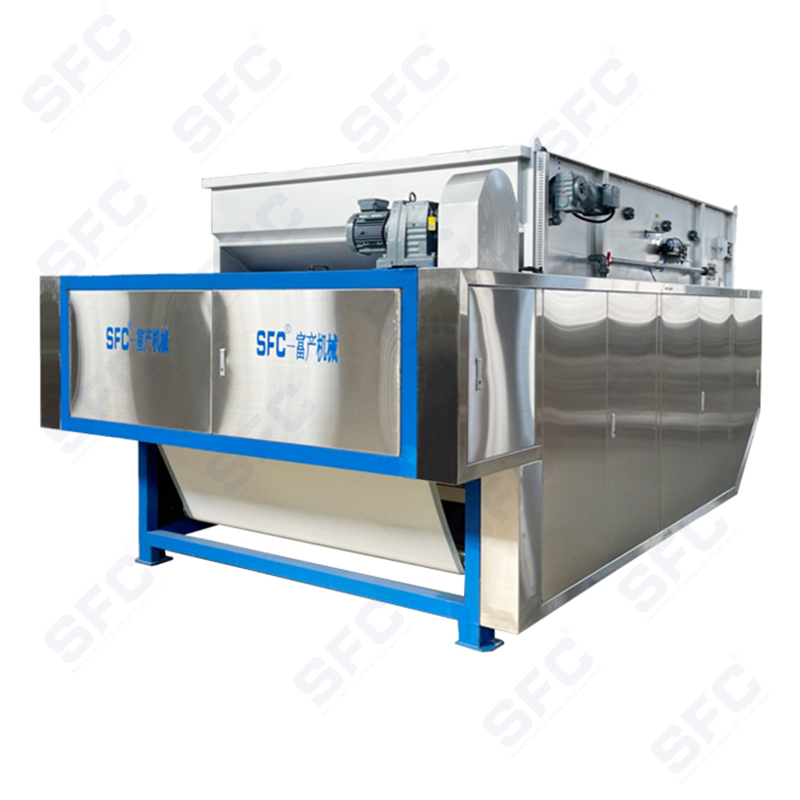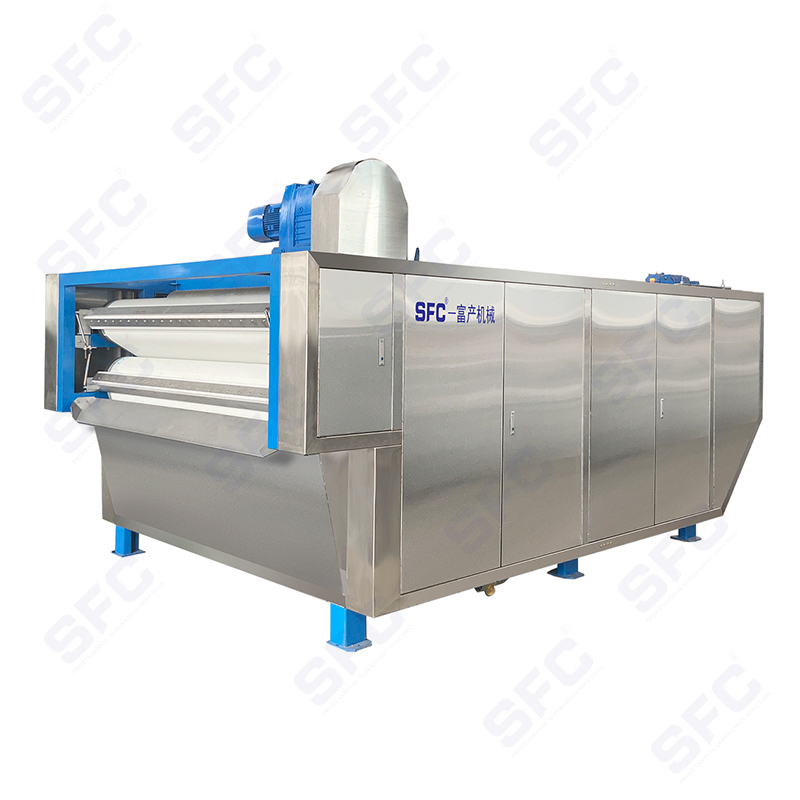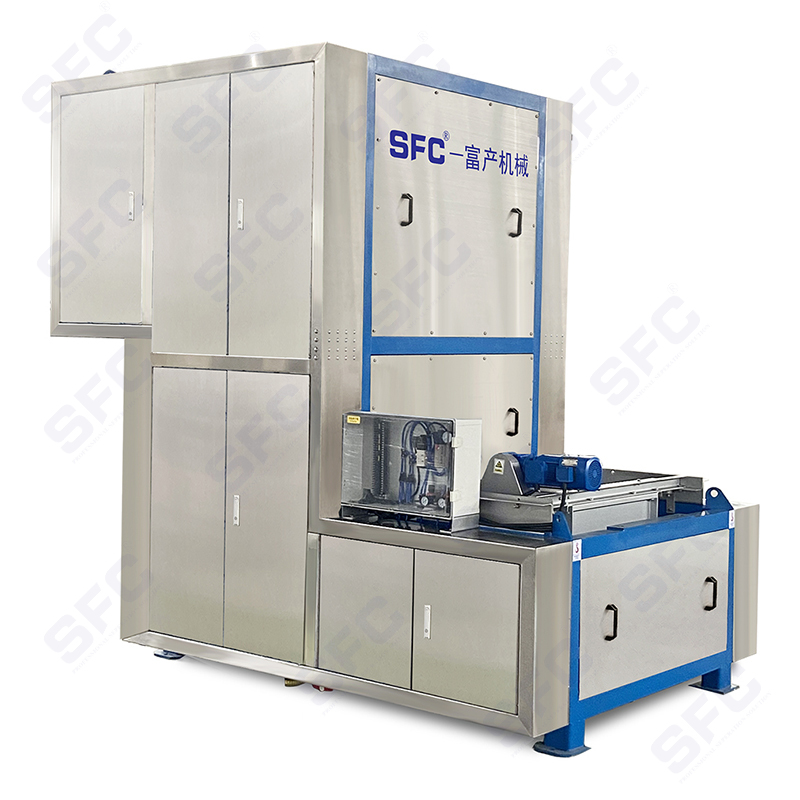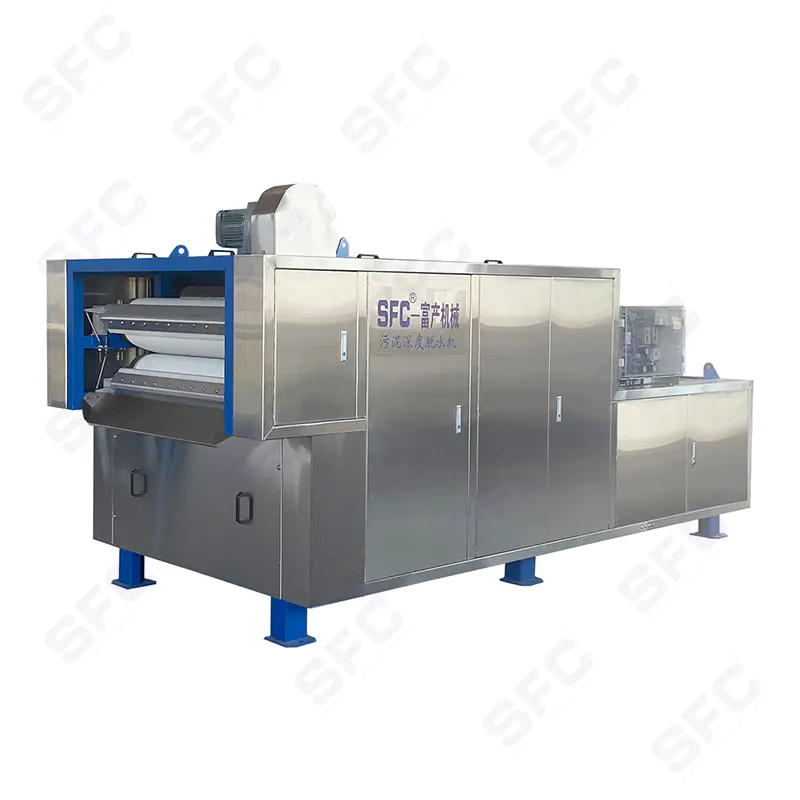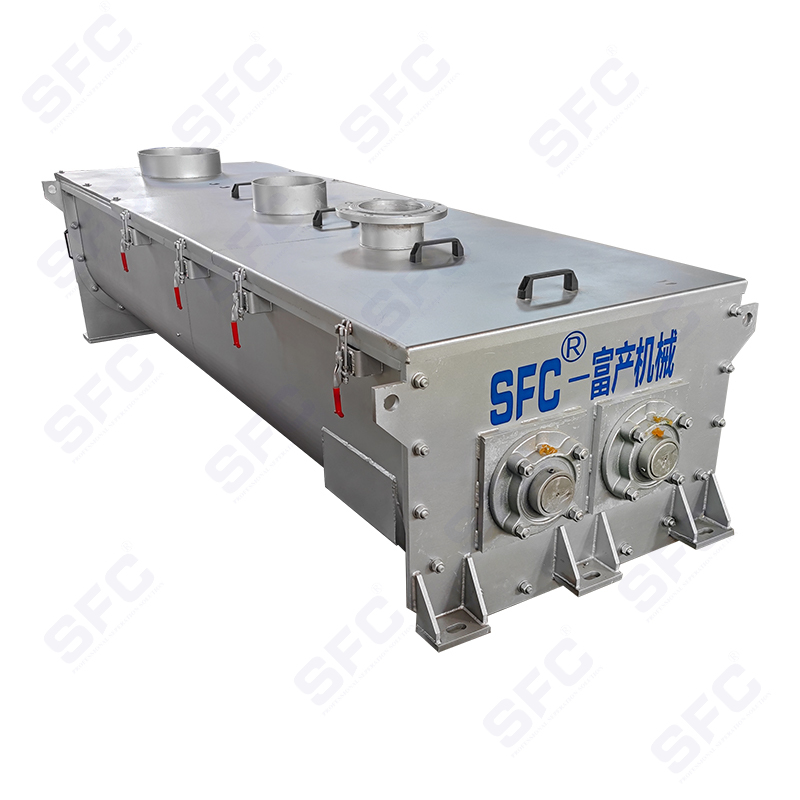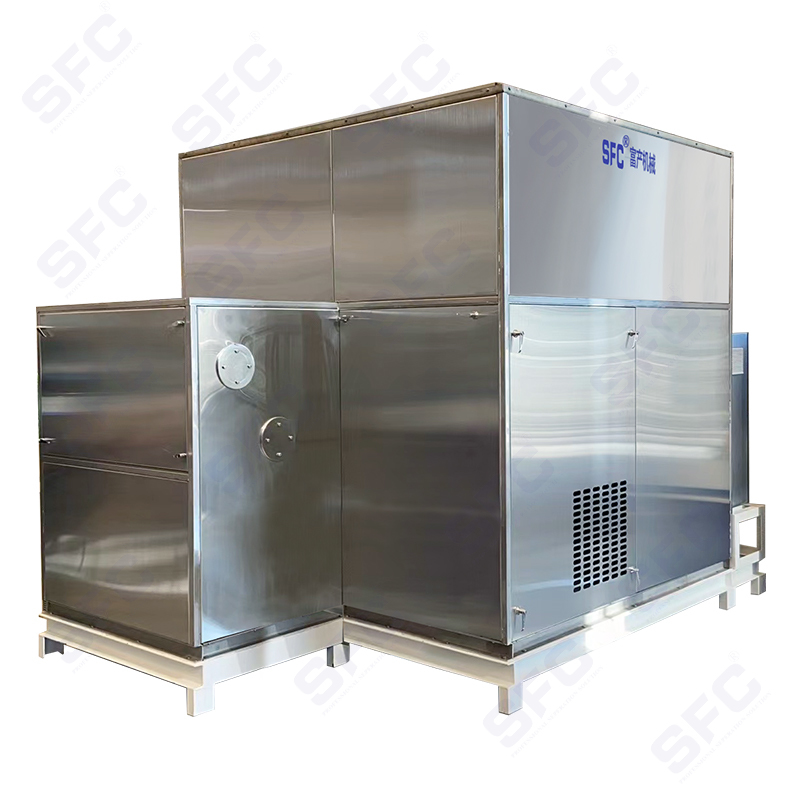High-efficiency sludge clarifier: an efficient solution for industrial wastewater treatment
With the continuous advancement of industrialization, the importance of sewage treatment in environmental protection has become increasingly prominent. Especially in urban sewage treatment plants, papermaking, chemical industry, printing and dyeing, food processing and other industries, if wastewater containing a large amount of suspended solids and organic sludge is not effectively treated, it will have a serious impact on the ecological environment. As an efficient equipment integrating sedimentation, separation and concentration functions, the high-efficiency sludge clarifier is becoming a key component in modern sewage treatment systems.
The high-efficiency sludge clarifier is a device designed specifically for removing fine suspended particles and floccules from sewage. Through its unique fluid mechanics design, it enables the sewage to form a stable flow state inside the clarifier, promotes the rapid sedimentation of floccules, and thus achieves the purpose of efficient separation. Compared with traditional sedimentation tanks or gravity separation equipment, this equipment has the advantages of fast processing speed, small footprint, and high water clarity.
The high-efficiency sludge clarifier usually adopts an inclined plate or inclined tube structure. After the sewage is introduced into the inclined plate area, the suspended solids sink rapidly on the inclined surface with the help of gravity, and the clarified supernatant flows out from the top. At the same time, a sludge concentration area is set at the bottom to discharge the settled sludge in a centralized manner for subsequent treatment. This structure significantly improves the sedimentation efficiency, and is particularly suitable for the efficient treatment of low-concentration sewage.
High efficiency: By optimizing the flow channel design and strengthening the flocculation effect, the equipment can complete solid-liquid separation in a relatively short time, and the efficiency is 2 to 3 times higher than that of the traditional sedimentation tank.
Space saving: small footprint, suitable for industrial or municipal projects with limited space.
Compact structure and easy maintenance: overall modular design, easy installation and maintenance.
High degree of automation: automatic control systems such as flow control, sludge discharge, and agent addition can be integrated to reduce manual operation.
Stable treated water quality: low turbidity of effluent, convenient for subsequent deep treatment or reuse.
Primary and secondary sedimentation stages of municipal sewage treatment plants
Solid-liquid separation in industrial wastewater treatment (such as papermaking wastewater, metallurgical wastewater, etc.)
Pretreatment unit at the front end of the reclaimed water system
River management and landscape water treatment
With the continuous improvement of environmental protection standards, sewage treatment equipment is also developing in a more energy-saving, efficient and intelligent direction. As a mature and efficient separation equipment, the high-efficiency sludge clarifier will be more widely used in the future. With the help of AI monitoring system and intelligent dosing control, more refined operation management can be achieved, and the treatment quality and resource utilization efficiency can be further improved.
In the context of increasingly tight water resources and increasingly stringent emission standards, the high-efficiency sludge clarifier is undoubtedly an important technical means to achieve energy conservation, emission reduction and sustainable development. Its excellent performance, flexible application and good economic benefits make it the preferred equipment in modern sewage treatment systems. In the future, with the continuous advancement of technology, this equipment will show stronger vitality and competitiveness in more fields.




 English
English Español
Español
